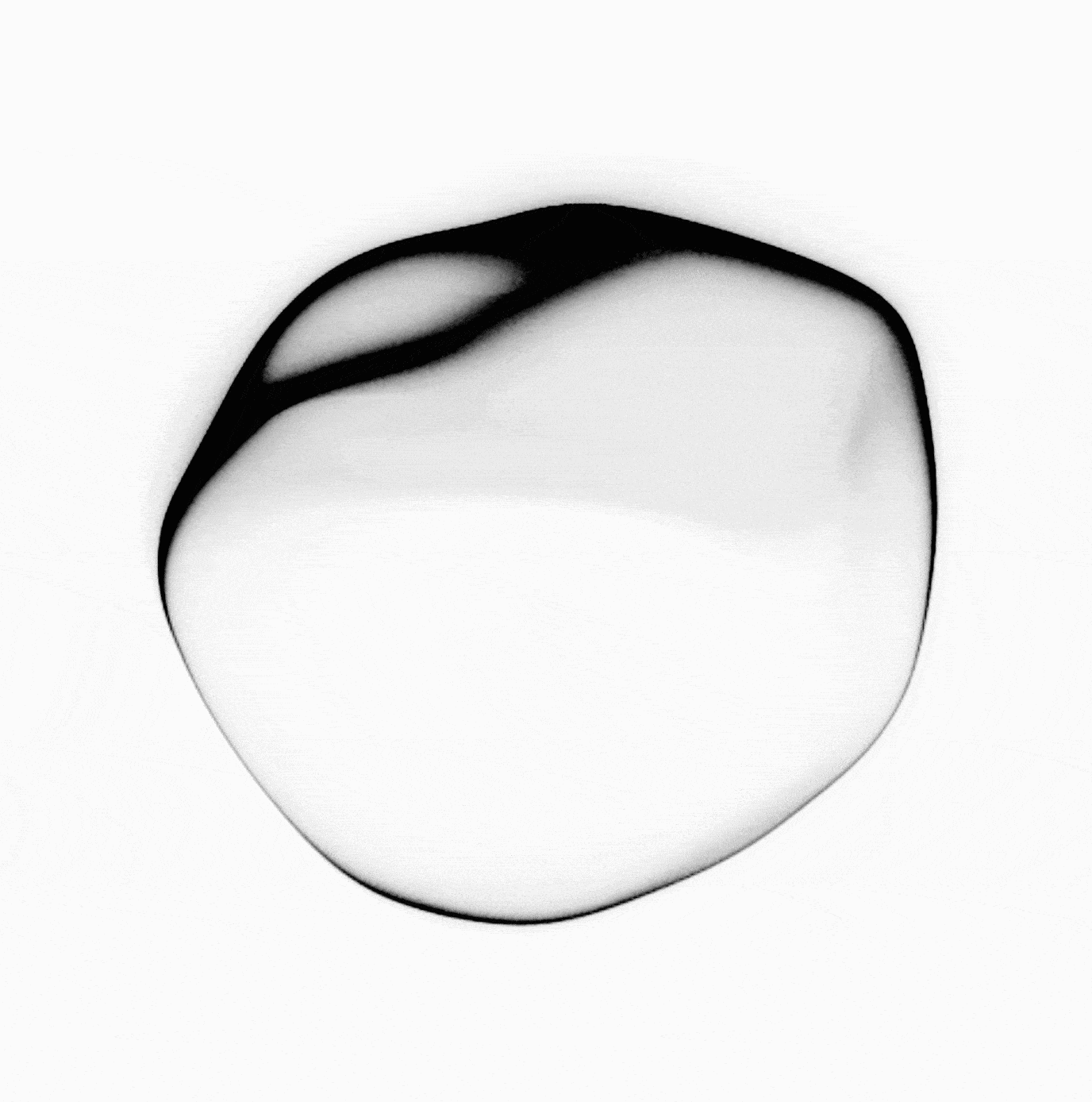Engineering Fiction is a research platform aimed at observing and enacting experiments with the imaginary components of technological and scientific apparatuses. Within this frame, fiction is considered as a sociotechnical phenomenon that (1) functions as a constitutive element in rational knowledge practices while (2) playing a structural function in the (re)production of collective and contradictory visions of the future.

Fiction is an epistemic object, a practice and a resource; it is an agent activated intentionally or unintentionally by different social actors. For instance, CEOs and engineers use fiction to articulate how an emerging technology might work and be useful. It is also mobilised to create expectations – and therefore influence – the decision-making process of investors who seek to enlarge their revenues through stock trading. Urban planners, public servants and politicians use it to structure common visions when working together to design more sustainable and efficient cities and energy systems.
Fiction is thus a building block of technoscientific promises, infiltrating machine-learning research projects, buried cables and distant servers, regulations and predictive algorithms that nudge human actions.
Engineering Fiction considers social imaginaries as abstract entities carrying political agendas that try to fulfil and stabilise themselves in the reality system. As producers of potential worlds-yet-to-come, these imaginaries inevitably engage in the conflictual production of the future.
By understanding fiction as a thing that makes things, this research platform looks into the interruption and reproduction of power in the blurry landscape contained within the technical, epistemological and mythological domains of finance, information technology infrastructure and public policy.
Engineering Fiction
An initiative by Andreu Belsunces
sociotechnicalimaginaries (at) gmail (dot) com
Partners: Centre de Cultura Contemporània de Barcelona; Hangar, Barcelona
Funded by: Departament de Cultura, Generalitat de Catalunya
Website design: Ignasi Ayats